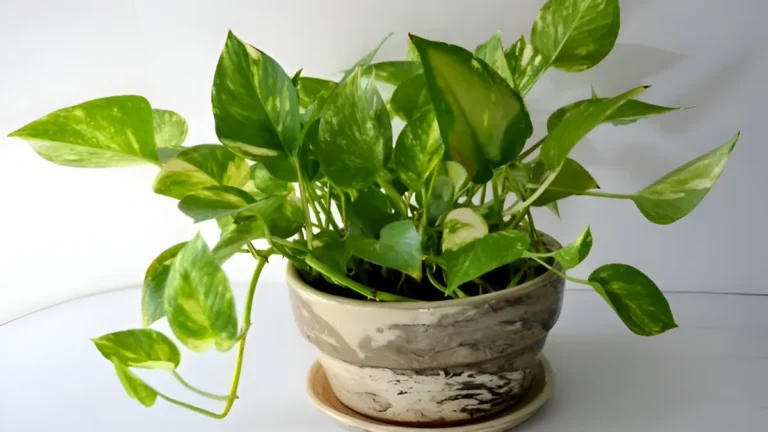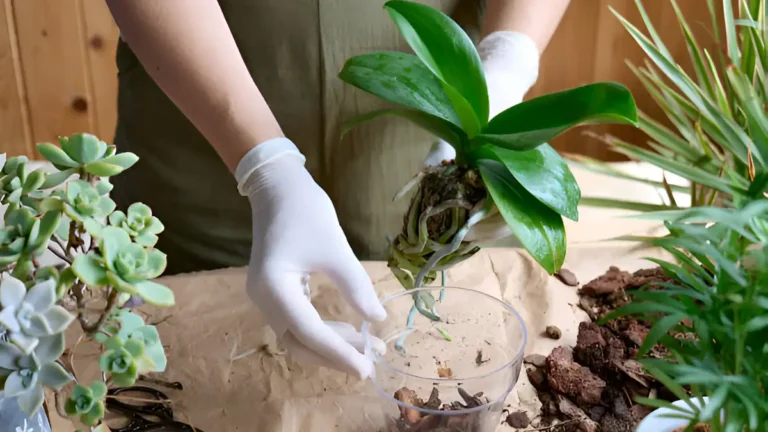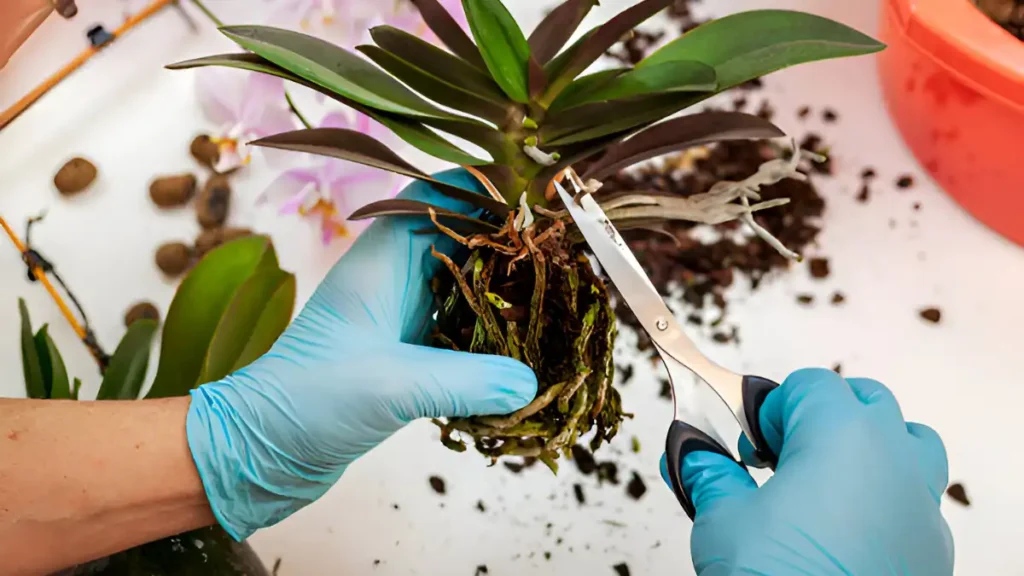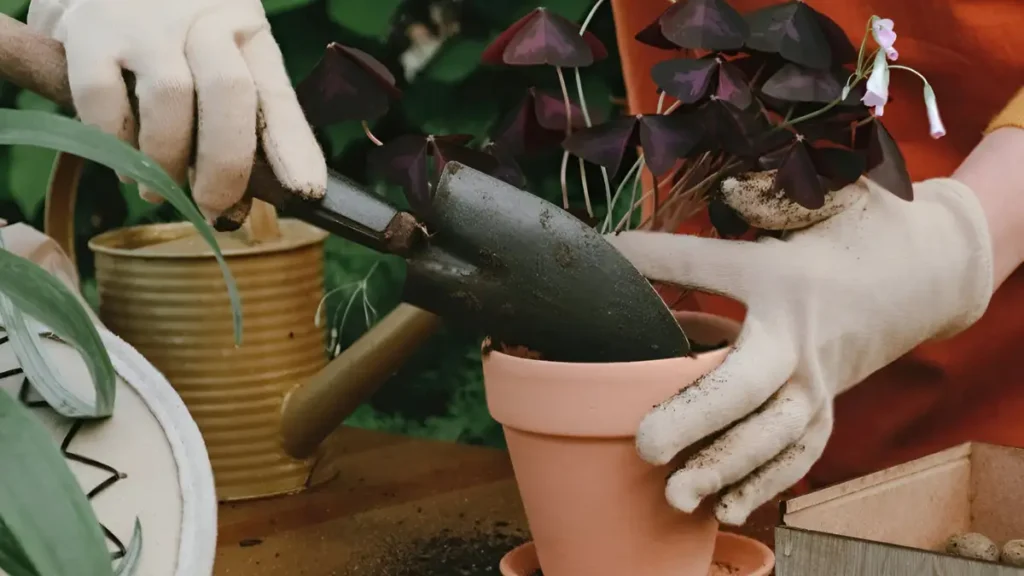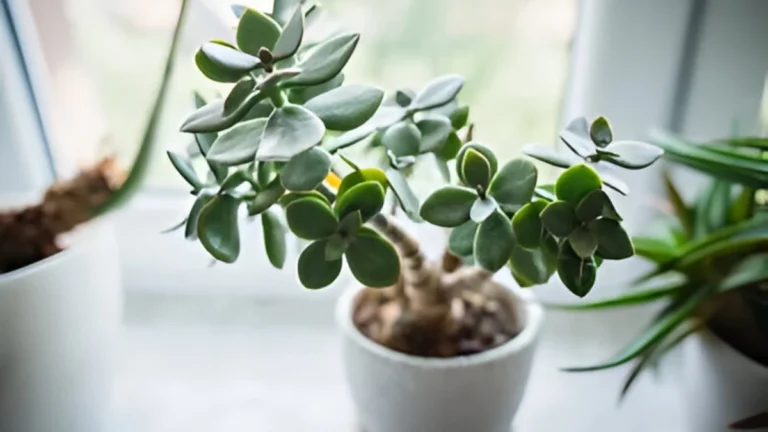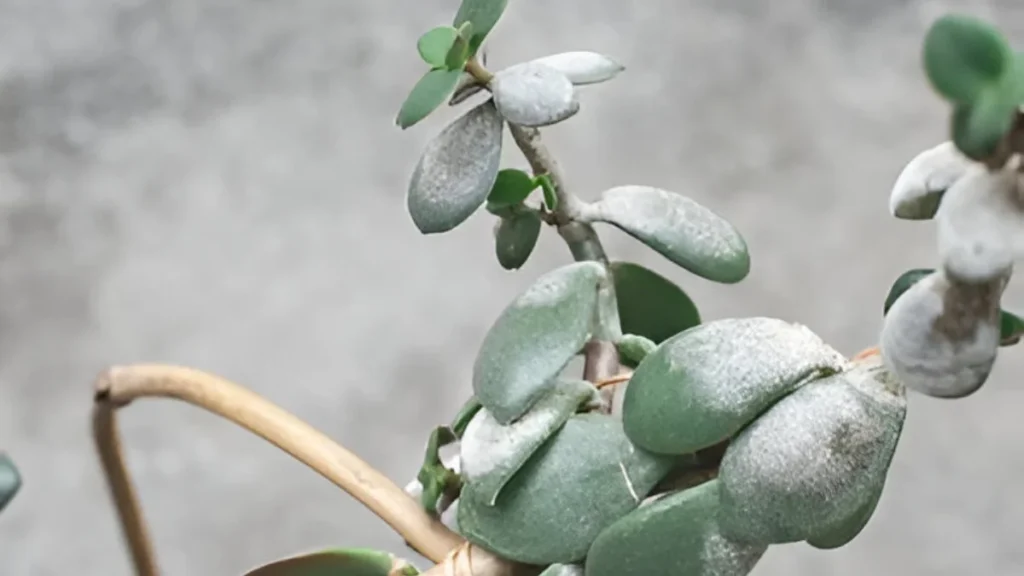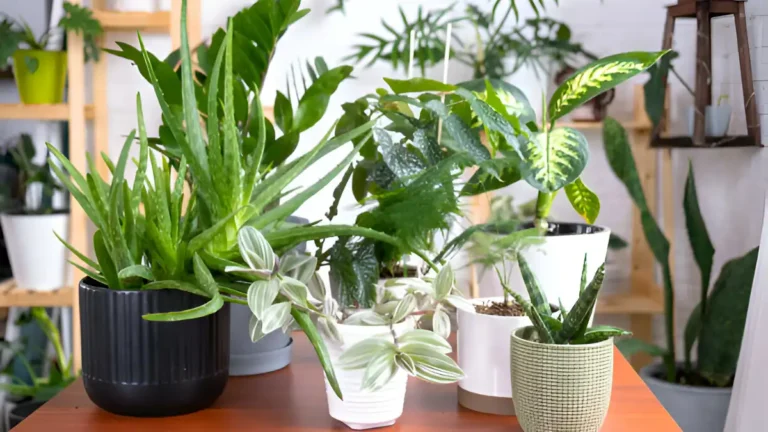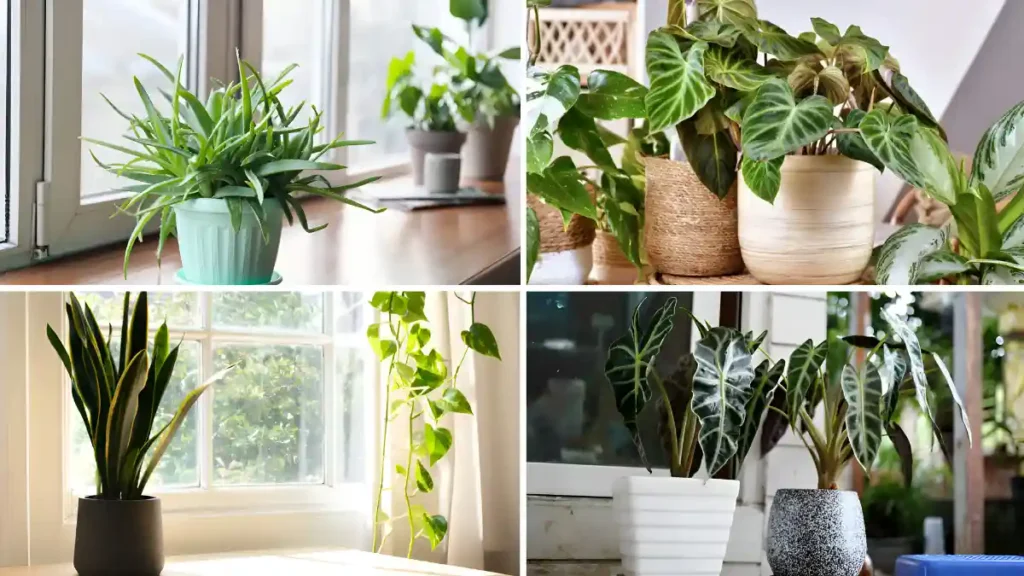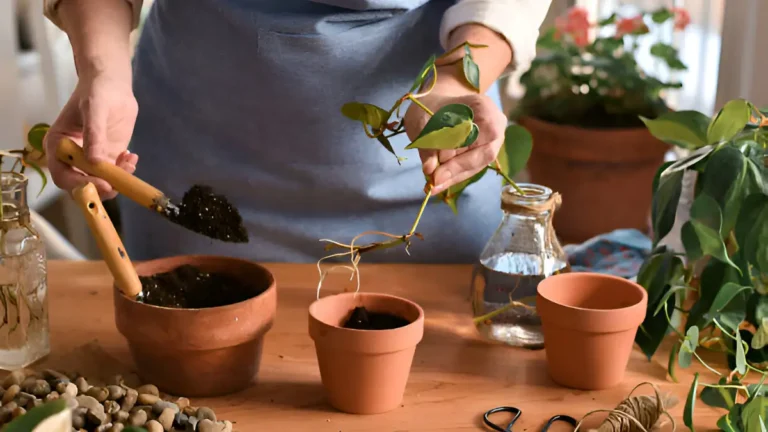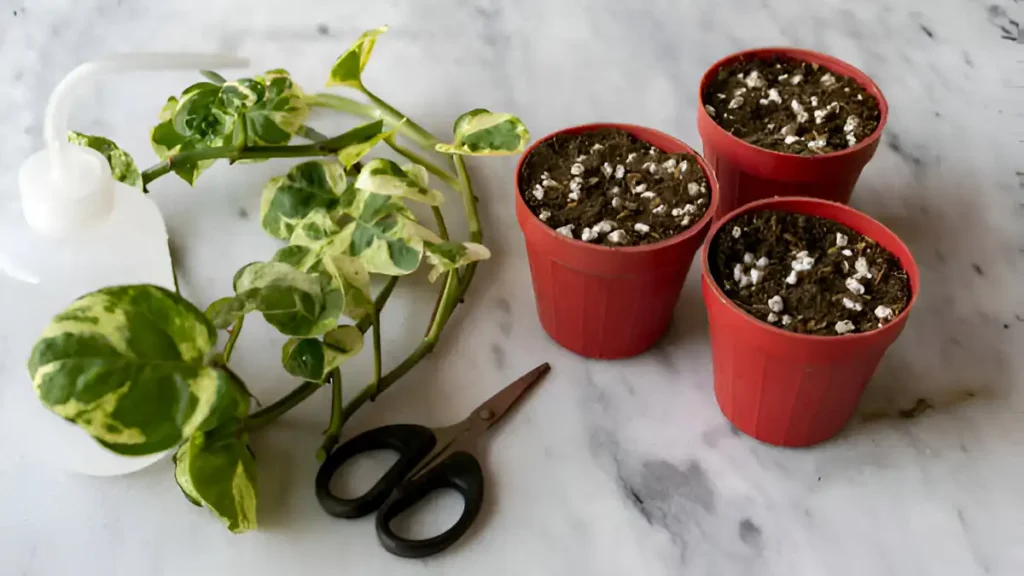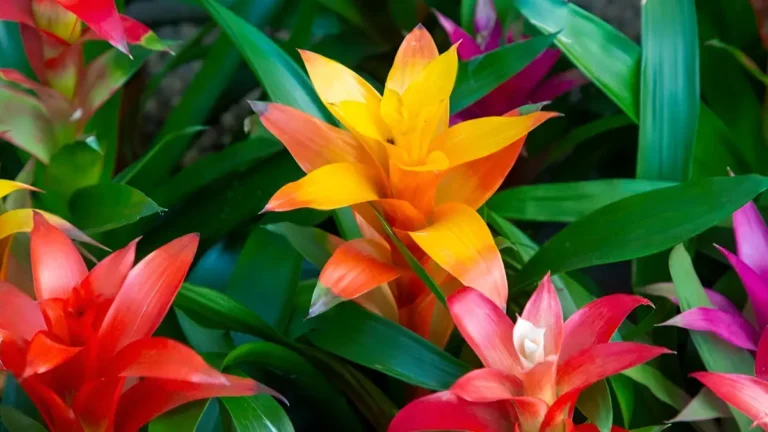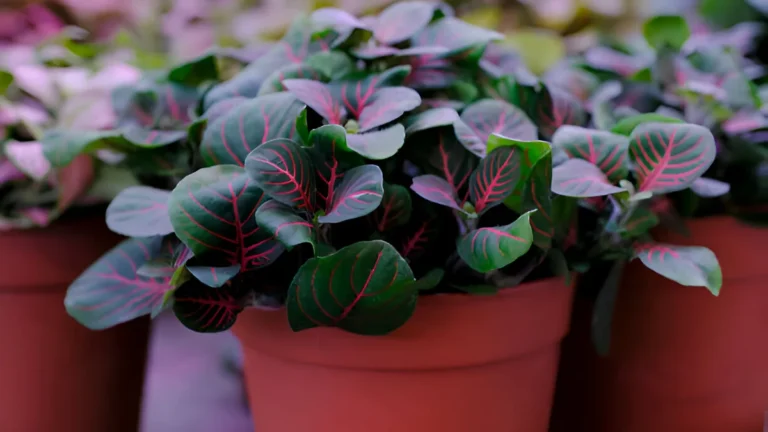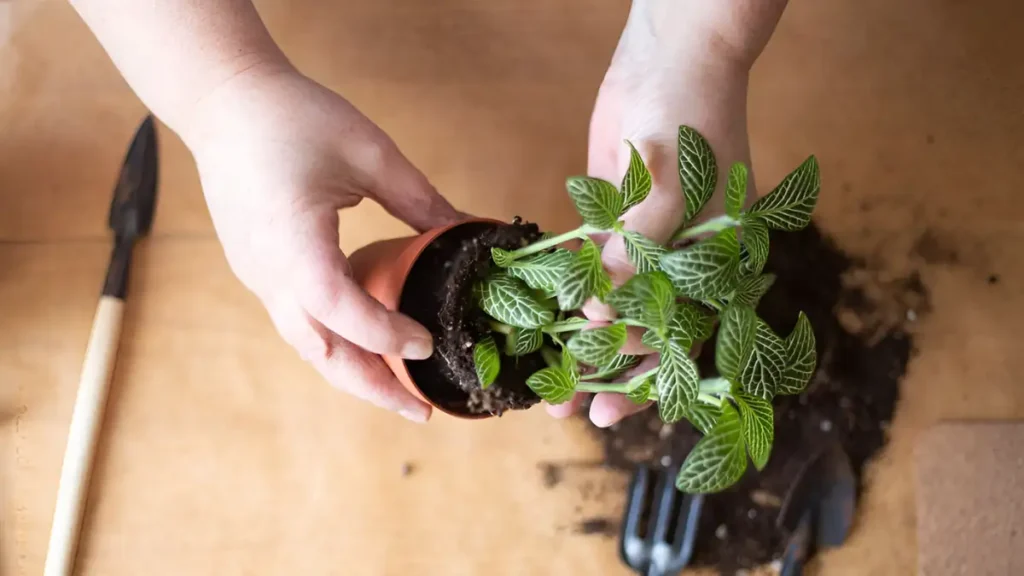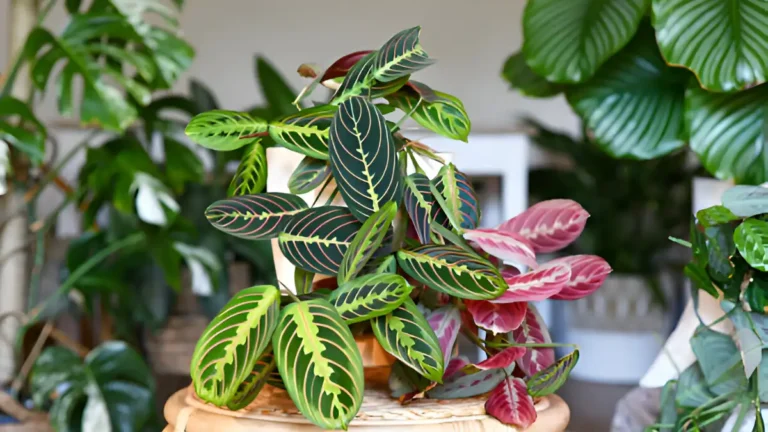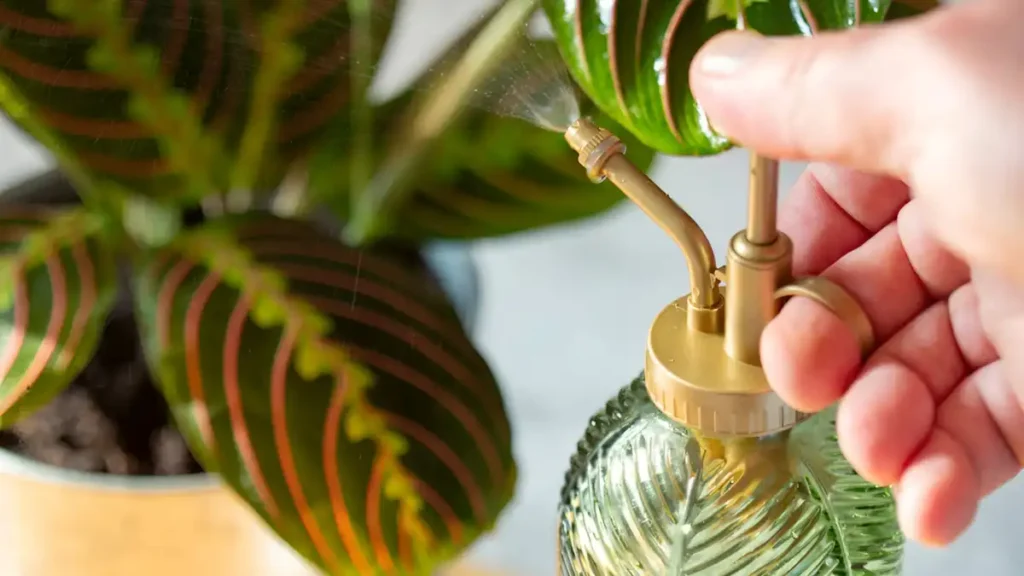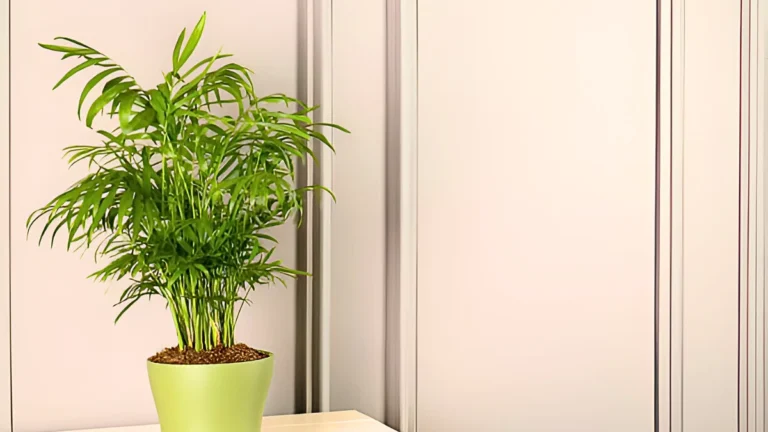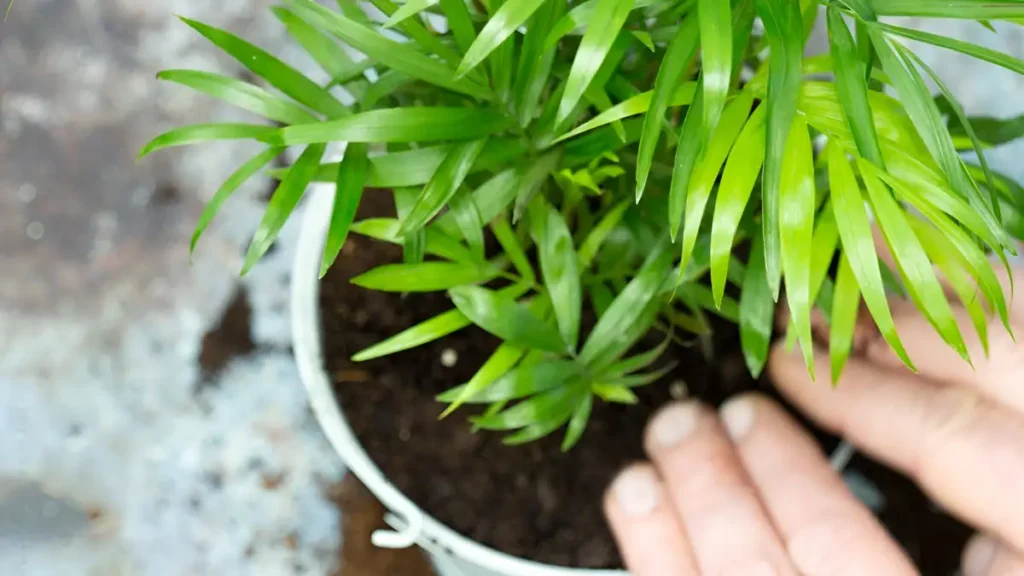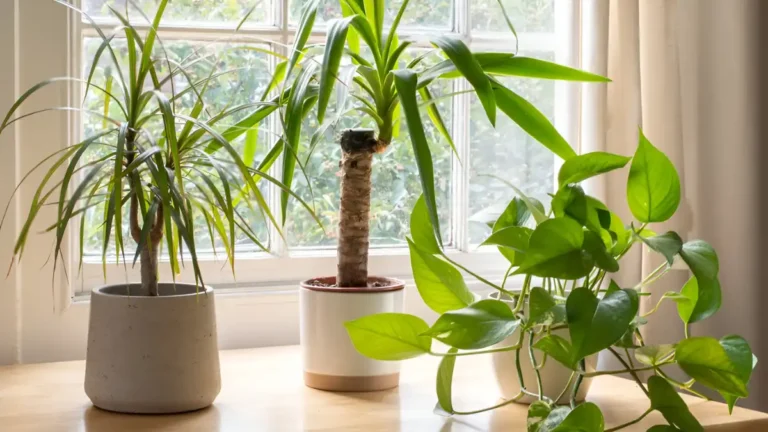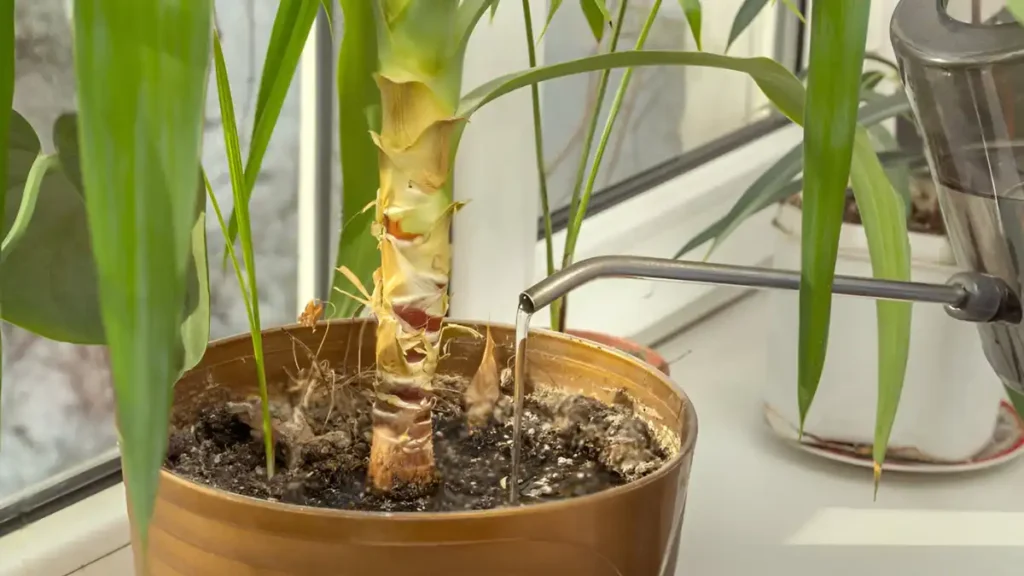One thing unites every type of pothos, they are excellent indoor plants. These low-light-tolerant vining plants are well-liked options for hanging baskets. It is also incredibly low-maintenance when added to a larger indoor garden, and it always looks excellent, making it perfect for novices. Although many other pothos varieties are available, the most desirable are the following ones, about which we shall go into great length regarding upkeep.
List of pothos varieties:
Usually, pothos plants are categorized as types of Epipremnum aureum. All of the other vining plants that are often called “pothos” require comparable maintenance, though.
Different types of pothos plants:
- Jade pothos:
The huge, thick, heart-shaped leaves and deep green color of the jade satin pothos make it a popular plant. Like other of its pothos relatives, it can be more expensive and more difficult to locate.
- An area with bright, indirect light is ideal for this pothos. Select a well-draining, rich, and open soil mixture. Let the top two to three inches dry out in between waterings to avoid overwatering. At 60 to 85 degrees Fahrenheit, keep the temperature stable.
- When new growth occurs, use a balanced liquid fertilizer once every three to four weeks. A jade satin pothos can be pruned to regulate growth and appearance, while it’s not required to do so at first. Pruning should wait until the plant is actively growing, which occurs in the spring and summer.
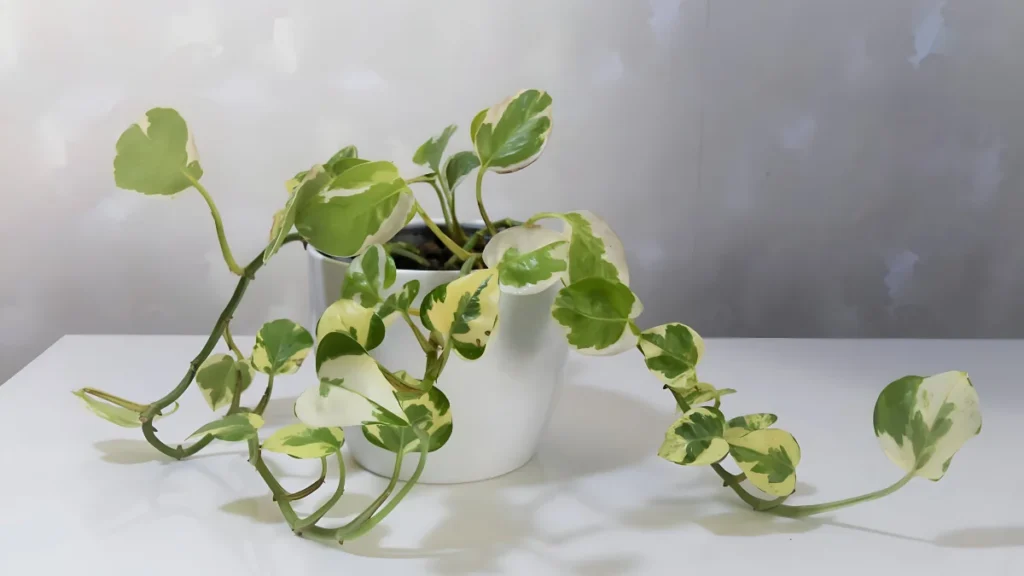
- Lemon Meringue Pothos:
The meringue with lemon flavor pothos is a well-liked houseplant with vividly variegated leaves. Similar to the hues of lemon meringue pie, the leaves of this pothos type are heart-shaped and have a blend of vivid yellow and green.
- Although it can withstand low light, lemon meringue pothos likes bright, indirect light. Use potting soil that drains properly. Don’t overwater your plants to avoid root rot. It is best if you place it on a countertop or table near windows.
- The range of ideal temperatures is 65°F to 85°F. Once a month during the growing season, apply a water-soluble, balanced fertilizer. Trim to maintain proper size and form, and get rid of any yellowed or broken leaves. Bushier growth will be encouraged by this.
- Dragon’s Tail Pothos:
The huge, glossy, heart-shaped leaves of the dragon’s tail pothos are dark green. There are varieties with broad, heavily serrated edges and others with thin, smooth-edged leaves. Larger kinds can reach up to 60 feet in height outside, with leaves as long as three feet.
- The dragon’s tail pothos can be grown in either part sun or part shade. Placing it to the side of a window that receives decent sun exposure will allow you to obtain the ideal lighting conditions: bright but indirect sunlight. Sandy or clay soils are not suitable for this plant, it prefers rich soil that is comparable to what it may find in its natural habitat.
- It should be enough to water these plants once a week. A dry surface of the soil is required before irrigation. Dragon’s tail pothos prefer temperatures between 65 and 75 degrees Fahrenheit. Although this plant doesn’t require much fertilizer in general, you can apply a liquid fertilizer that is soluble in water during the busiest portion of the plant’s growth season.
- Glacier Pothos:
The glacial pothos, a cultivar of the well-known marble queen pothos, is a delicate pothos variant with oval-shaped leaves and striking green and white colors.
- Despite this, glacial pothos can also thrive under moderate lighting. While this is not a pothos kind that does well in low light, many do. The right soil mixture must drain adequately and retain some moisture to plant glacier pothos. Water thoroughly after letting the top two to three inches of soil dry out.
- Native to warm, humid climates, pothos thrive in temperatures between 65 and 75 degrees Fahrenheit. For optimal results, apply a monthly balanced liquid fertilizer in the spring and summer. Since the plant isn’t growing actively in the fall and winter, stop fertilizer. Though it can be done sometimes to manage its growth, pruning is not required for maintaining glacial pothos.
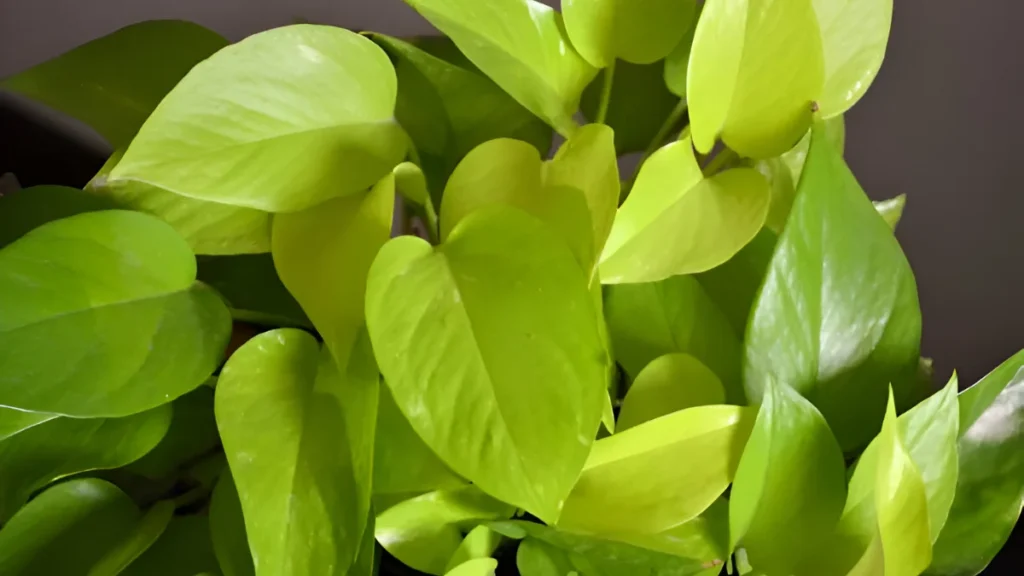
- Baltic Blue Pothos:
Once established, the huge, deep blue-green leaves of the Baltic blue pothos fenestrate, making it a fast-growing, low-maintenance pothos.
- A mixture of equal parts indoor potting soil and perlite is an excellent choice for Baltic blue pothos, which thrive in abundant mild to strong indirect light. Incorporate ample watering after letting the soil nearly dry up entirely.
- Temperatures above 55 degrees Fahrenheit are ideal for these tropical houseplants as they are not tolerant of cold or frost. To promote growth, fertilize Baltic blue pothos once a month while they are actively growing. While it’s not required, pruning can be done to manage growth or improve the appearance of the plant.
Conclusion:
Pothos plants are renowned for their adaptability and ease of maintenance. They are available in a variety of forms, each with distinct qualities. The best varieties are neon pothos, dragon’s tail pothos, jade, etc. For collectors and aficionados, more complex variegation can be found in varieties like Manjula and Glacier. You can successfully cultivate different pothos varieties by adhering to the preceding criteria.
Certainly! If you’d like to learn more, please consider following our WhatsApp Channel: Harvest Gardening
A frequently asked questions:
Q1. Can you plant different types of pothos together?
A1. Pothos varieties can be grown together as they require similar maintenance, provided they follow the same care instructions.
Q2. What are the key differences between Philodendron and Pothos varieties?
A2. Pothos have thick, waxy leaves and vine-like growth, while philodendrons have heart-shaped, thinner leaves and vine-like growth.
Q3. What are the most popular Silver Pothos varieties?
A3. The most widely grown Silver Pothos cultivars are ‘Exotica,’ ‘Argyraeus,’ and ‘Silvery Ann.’ Everyone has different patterns of silver on the leaves.
Q4. What are some common white Pothos varieties?
A4. Common types of white Pothos are ‘Marble Queen,’ ‘N’Joy,’ and ‘Pearls and Jade.’ The leaves of these cultivars are green with white or cream veining.

